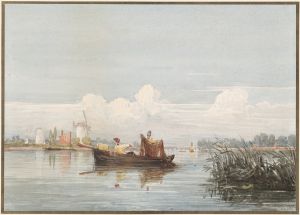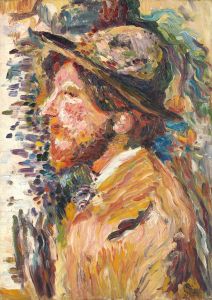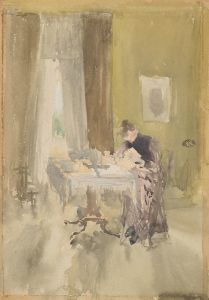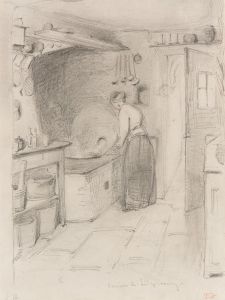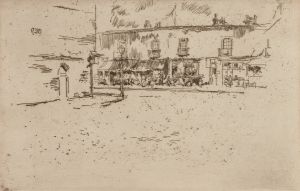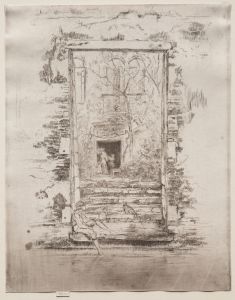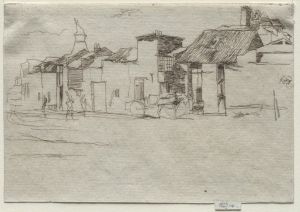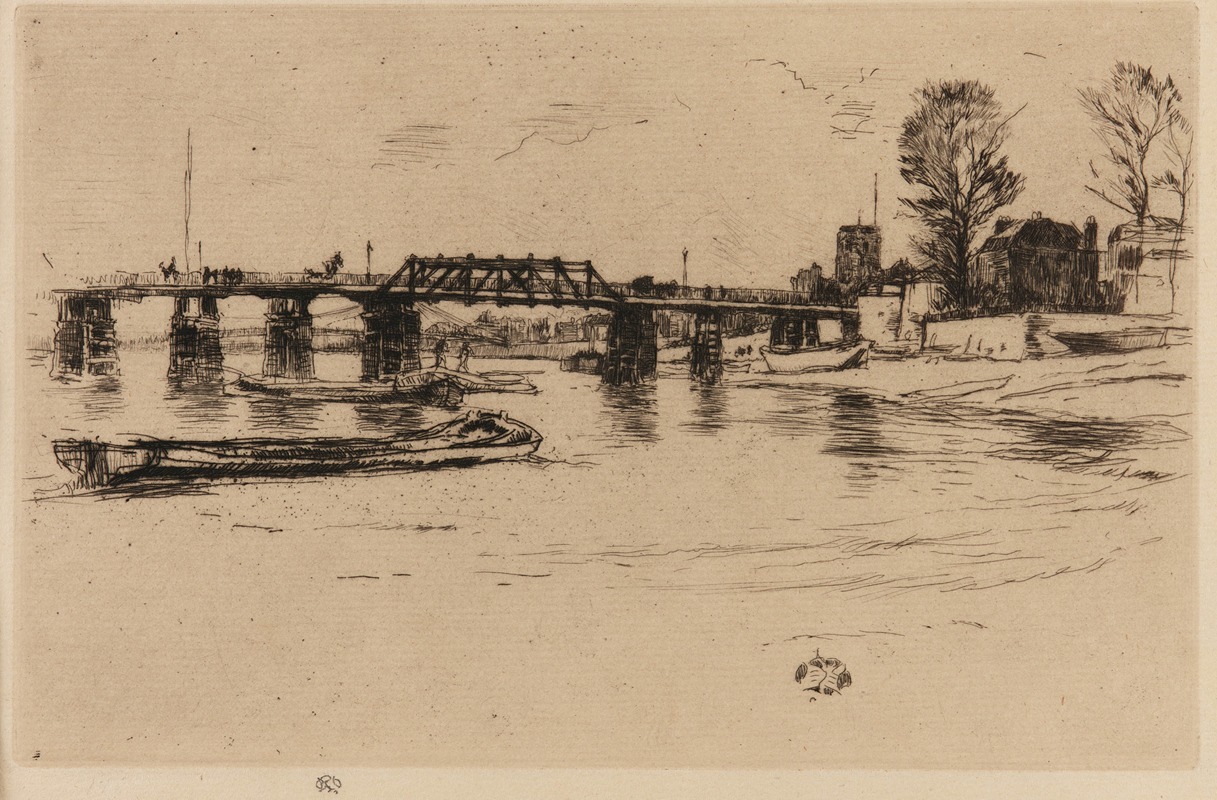
Chelsea
A hand-painted replica of James Abbott McNeill Whistler’s masterpiece Chelsea, meticulously crafted by professional artists to capture the true essence of the original. Each piece is created with museum-quality canvas and rare mineral pigments, carefully painted by experienced artists with delicate brushstrokes and rich, layered colors to perfectly recreate the texture of the original artwork. Unlike machine-printed reproductions, this hand-painted version brings the painting to life, infused with the artist’s emotions and skill in every stroke. Whether for personal collection or home decoration, it instantly elevates the artistic atmosphere of any space.
James Abbott McNeill Whistler was an American artist known for his significant contributions to the art world during the late 19th century. Among his many works, "Chelsea" is one that reflects his deep connection to the area in London where he lived and worked for a significant portion of his life. Whistler's relationship with Chelsea, a district in West London, was profound, and it served as a backdrop for much of his artistic output.
Whistler moved to London in the 1860s and settled in Chelsea, which was then a bohemian enclave that attracted many artists and writers. The area, with its picturesque views of the River Thames and its vibrant cultural scene, provided Whistler with endless inspiration. His works often captured the atmospheric qualities of the river and the surrounding urban landscape.
While there is no specific painting titled "Chelsea" by Whistler, his works frequently depicted scenes from this area. One of his most famous series, "Nocturnes," includes several paintings that portray the Thames at night, with Chelsea often being the setting. These paintings are characterized by their moody, atmospheric tones and subtle use of color, capturing the essence of the river and the city in a way that was innovative for the time.
Whistler's approach to art was heavily influenced by his belief in "art for art's sake," a philosophy that emphasized the aesthetic experience over narrative content. This is evident in his depictions of Chelsea, where the focus is often on mood and composition rather than specific details or storytelling. His works from this period are noted for their harmony and balance, qualities that Whistler achieved through his mastery of color and form.
In addition to his paintings, Whistler's etchings and lithographs also frequently featured Chelsea. These works further demonstrate his fascination with the area and his skill in capturing its unique character. Whistler's etchings, in particular, are celebrated for their precision and attention to detail, offering a different yet complementary perspective to his painted works.
Whistler's time in Chelsea was not only productive artistically but also socially significant. He was part of a vibrant community of artists and intellectuals, and his home became a gathering place for discussions on art and culture. This environment undoubtedly influenced his work and contributed to his development as an artist.
Overall, Whistler's connection to Chelsea is an integral part of his artistic legacy. His works from this period continue to be celebrated for their innovative approach and their ability to capture the spirit of a place that was both his home and muse. Through his art, Whistler left an indelible mark on the depiction of urban landscapes, and his Chelsea scenes remain a testament to his skill and vision as an artist.







